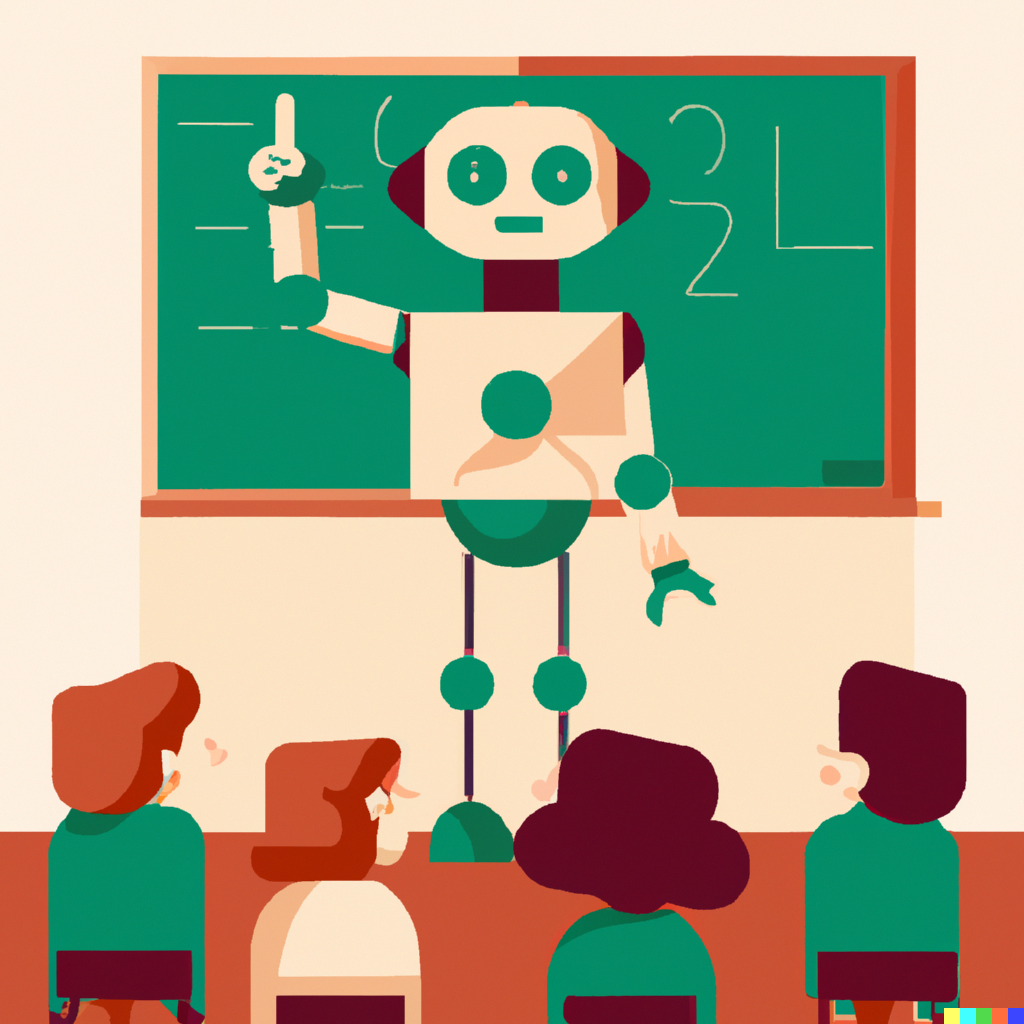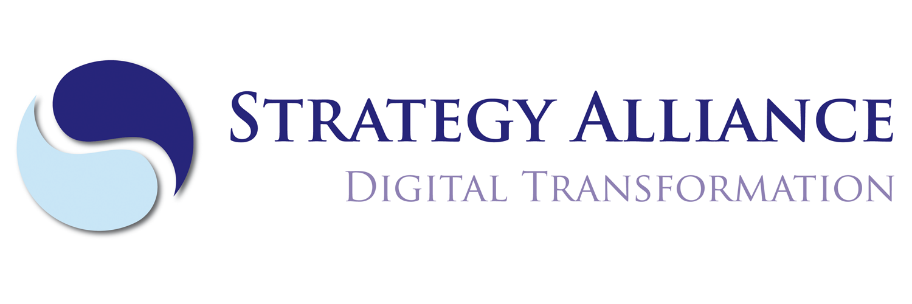The Pros and Cons of Generative AI (ChatGPT) in Higher Education
Author:
03 November 2023
Sometimes you have a "disruptive" change. In the taxi industry, that was Uber; in education, it seems to be ChatGPT and other AI applications. A year ago, no student used an AI tool, but now teachers have an additional task: determining if a given assignment is original or generated by AI. Of course, there are both supporters and opponents of these generative AI applications.
Introduction
With the rise of advanced technologies and artificial intelligence (AI), more educational institutions are faced with the possibility of using AI-based tools to enhance the learning process. One of the prominent technologies in this field is ChatGPT, a language model developed by OpenAI. This article explores the pros and cons of using ChatGPT in higher education.
Advantages:
- Enhanced learning experience for students
ChatGPT can be used to create interactive learning environments. Students can ask questions and discuss assignments with ChatGPT, leading to a more personalized learning experience. The model can present information in an understandable manner and can be available 24/7, providing students with support outside regular class hours. - Quick feedback on assignments
ChatGPT can assess assignments and provide feedback based on predefined criteria. This saves teachers time and allows them to focus more on guiding students rather than grading assignments. - Support for language and learning development
For students studying in a non-native language, ChatGPT can assist in improving language skills. The model can correct texts and make suggestions for better language use. Additionally, it can help clarify complex concepts. - Access to extensive knowledge resources
ChatGPT has access to a vast amount of information and can quickly and accurately provide information on various topics. This can help students find additional resources for their studies.
Disadvantages:
- Lack of human assessment skills
ChatGPT lacks the subjective assessment skills of a human teacher. It may struggle to understand nuances in assignments or essays, potentially not providing detailed or in-depth feedback. - Potential dependence on technology
The use of ChatGPT can lead to a certain reliance on technology. This could become a problem if students are no longer able to solve problems or address complex issues independently without the model's help. - Privacy and security issues
When using AI models like ChatGPT, educational institutions must handle student data privacy carefully. It's crucial to ensure that personal information is not misused or falls into the wrong hands.
Conclusion:
ChatGPT undeniably offers advantages for higher education, including improved learning experiences, quick feedback, and support for language and learning development. However, it's important to acknowledge the model's limitations, especially its lack of human assessment skills and potential privacy issues. A balanced approach in which ChatGPT complements traditional education rather than replacing it appears to be the most promising way to deploy this technology in higher education.
Sounds logical, doesn't it? This article was composed by ChatGPT 3.5, and the image was created by DALL-E.
In a forthcoming blog, I will share practical experiences with you.


